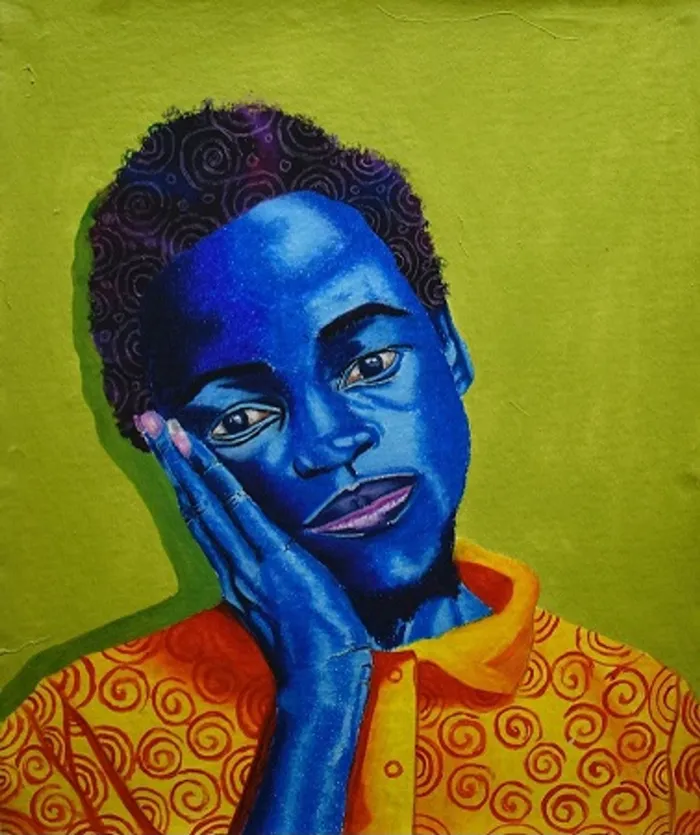Artist opens art gallery and empowers township youth

Art by Sphamandla Mkhize. Picture: Supplied
Art is incredibly important in society as it is not only a source of creativity and joy, but it can also be used to address or ease a number of mental illnesses.
For kids, drawing and colouring is essential for developing motor skills. The abilities that permit the motions and actions we perform on a daily basis.
The Rebirth Art Project was created by Mthobisi Maphumulo who wants to not only showcase the talent of KwaZulu-Natal, but to also encourage children to see art as not just a hobby but a potential career filled with passion and fulfilment.
Maphumulo is a multimedia artist, curator and a founder of Amasosha Art Movement which is a collective of Durban artists that promotes solidarity and the idea of collaboration among the artists.
“The gallery was inspired by the issue of accessibility because Durban has more artists then galleries,” said Maphumulo.
“We don’t have more than six galleries in our city and there are more artists that have been not seen. That has created a demand of having another gallery that will bring a new shape in the Durban art scene as well as in the South African landscape.”
The gallery’s latest exhibition is Uthingo lwenkosazane (rainbow).
“These artworks investigate and celebrate the relation between past and present experiences of African communities in contemporary spaces. They convey a feeling of harmony and balance after social displacement.
“These works also question issues of representation and identity in the African context. Moreover, they also set to bridge boundaries in pursuit of new possibilities for reinterpreting life and its meaning in the contemporary world,” said Maphumulo.
The space is located at 456 Musgrave road in Durban.
Two artists featured in Uthingo lwenkosazane are Sihle Shozi, 24, and Sphamandla Mkhize, 23.
Shozi was born and reared in the KwaZulu-Natal community of uMlazi. He then relocated to Umgababa, a small town on Durban's south shore. He is an interdisciplinary artist who graduated from Durban University of Technology in 2021 with a certificate in Fine Art.
A lot of adolescents growing up in South African townships are often raised by single parents, which had a major impact on the young man’s creativity.
“My work is defined by my grandmother being my muse and an inspiration. I also play with emojis and domestic garments to create an intergenerational connection of the past and the present,” explained Shozi.
“I aim to shift the old narrative of domestic garments by juxtaposing it with emojis and embed them with new characters that are contemporary to represent the future or new generation,” he said.

Mkhize, on other hand, was born and raised in the township of KwaMashu. He is a visual artist and a member of the KwaMashu-based artist group Isizotha Art and Design.
He said that his work is a reflection of his upbringing. It unpacks the warped recollections of his childhood that formed him. Mkhize expresses these feelings through self portraits created in remote areas in search of calm and comfort.
“I embed spiral symbols as tattoos and patterns on my skin and garments. The spirals are a symbol of infinity, which symbolises the journey of life. The use of blue in my portraits is a metaphor for the ocean which most African people use for cleansing and other spiritual practices,” he said.
Maphumulo’s plan for the future is to see Rebirth Art Project become an international hub for artists to engage and exchange ideas.
IOL